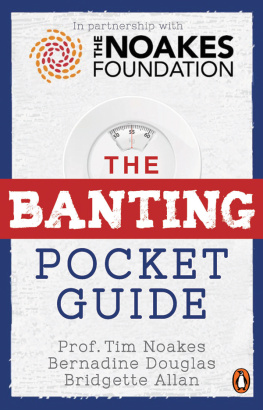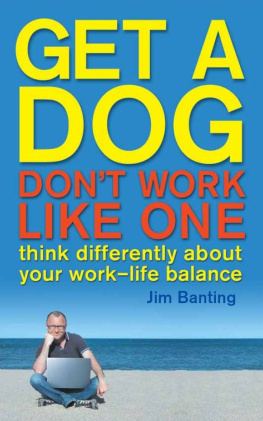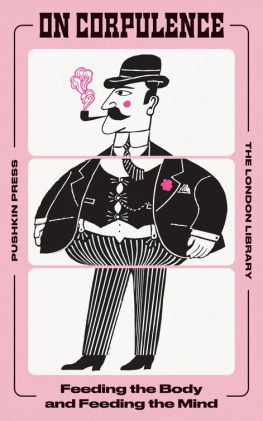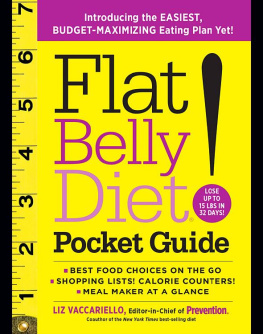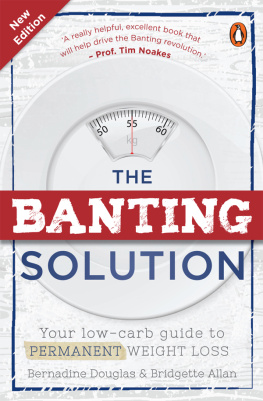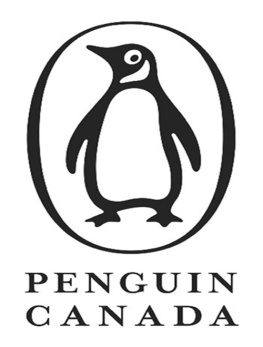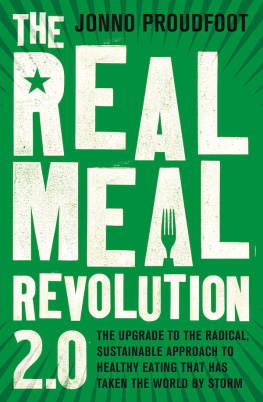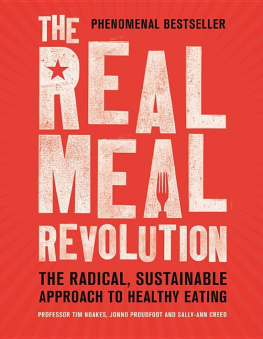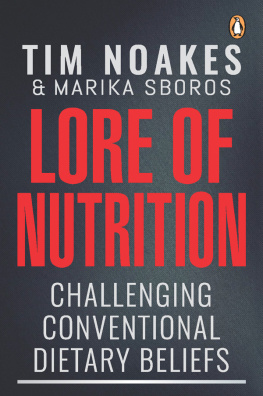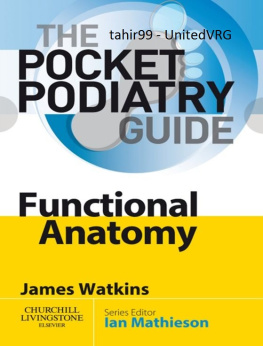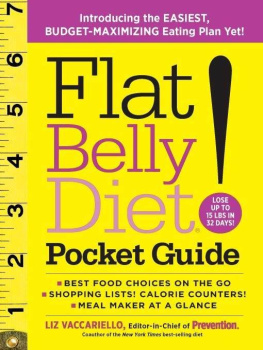
Published by Penguin Books
an imprint of Penguin Random House South Africa (Pty) Ltd
Reg. No. 1953/000441/07
The Estuaries No. 4, Oxbow Crescent, Century Avenue, Century City, 7441
PO Box 1144, Cape Town, 8000, South Africa
www.penguinbooks.co.za

First published 2017
Publication Penguin Books 2017
Text Tim Noakes, Bernadine Douglas & Bridgette Allan
Cover images iStockphoto/dvarg
All rights reserved. No part of this publication may be reproduced, stored in a retrieval system or transmitted, in any form or by any means, either electronically, mechanically, by photocopying, recording or otherwise, without the prior written permission of the copyright owners.
PUBLISHER: Marlene Fryer
MANAGING EDITOR: Ronel Richter-Herbert
EDITOR: Bronwen Maynier
PROOFREADER: Ronel Richter-Herbert
COVER DESIGN: Monique Cleghorn
ISBN 978 1 77609 155 3 (print)
ISBN 978 1 77609 156 0 (ePub)
ISBN 978 1 77609 168 3 (PDF)
Contents
Dedications
I would like to dedicate this book to my Creator; only He can give one the wisdom and knowledge to write a phenomenal book like this pocket guide. I would also like to dedicate this book to my mother, who has taught me so many things in life; most importantly, that one should always chase ones dreams and never, ever give up, no matter how hard life can sometimes be.
And lastly, to my two beautiful children: in between school, homework, meals and bath time they knew Mommy had to work on this book to finish it on time, and as young as they are, they understood perfectly. BERNADINE
To my immediate family, Ross, Anne, Belinda, Warwick, Ryan, Megs and Quintin for their ongoing encouragement and unconditional love. To Inben, my partner, best friend and fellow champion of the LCHF lifestyle, for his support and unwavering faith in my ability to meet deadlines. Also to Cara and Cody, my most beloved and loyal companions, who have enhanced my life immeasurably.
BRIDGETTE
We would also like to thank The Noakes Foundation for their hard work in bringing world-class research to the table. With the creation of their Eat Better South Africa! project, they are making it possible for each and every South African to maintain a healthy lifestyle. A big thank you to Jayne Bullen, and a special thank you to the man who initiated this endeavour in South Africa, Prof. Tim Noakes.
BERNADINE & BRIDGETTE
To my wife, Marilyn Anne, the most caring and intellegent being I have ever met, for a fabulous 50 years together. To our children, Travis and Candice, for being themselves and for their love and care for us and their children. And to the best legal team in the world: Attorney Adam Pike, Advocate (Dr) Ravin Rocky Ramdass and Senior Counsel Michael van der Nest for their selfless support during my Banting for Babies trial, when I, Marilyn and our children needed it the most. We can never repay the debt we owe you for your brilliance, your humanity and your generosity. TIM
We would also like to thank Penguin Random House, Marlene Fryer, Ronel Richter-Herbert and Surita Joubert for their hard work, dedication and team effort in helping us to bring you this pocket guide.
Introduction
Why is it that the Banting eating plan has attracted such a massive following in South Africa and, increasingly, around the world?
The simple answer is: because it works. And it works for reasons that we may not yet fully understand. But, most probably, because this is the single eating plan that best suits our unique human biology. Its key effects are (1) to reduce hunger, allowing us to effortlessly eat fewer calories and therefore lose weight without being perpetually hungry; and (2) to reduce our blood insulin levels, allowing us to burn the fat that we eat rather than store it, as happens in those who have high blood insulin levels because they eat high-carbohydrate diets.
While it is also true that no single diet will ever be ideal for every single human, the Banting eating plan ticks more boxes for more humans than perhaps any other. But most especially for those with insulin resistance (IR), type 2 diabetes mellitus (T2DM) and/or metabolic syndrome, which increasingly is becoming most of us. The latest projections suggest that at least 50 per cent of diverse populations across the globe have IR because they have already been diagnosed with T2DM or pre-diabetes.
Today it is estimated that 420 million people around the world have T2DM. Five million died of the disease in 2015; thats one person every six seconds. T2DM currently consumes up to 12 per cent of all the money spent on health care globally; in some countries, this share is up to 20 per cent. Projections for the future are even direr: by 2040, it is estimated that one in every 10 humans will be diabetic.
South Africans are among the worst-affected peoples. A recent study found that one in three Zulu-speaking males over 65 years living in Durban has T2DM. And it is perhaps even worse in Cape Town: another local study found that 28 per cent of a random sample of Capetonians have T2DM, which is equivalent to rates present in the 10 000 inhabitants of the Pacific Island state of Nauru, regarded as the nation with the worlds highest rate of T2DM.
What makes these numbers truly disturbing is that the cause of T2DM is absolutely clear. It is a condition that occurred infrequently 100 years ago. Rates of T2DM took off in the late 1990s, exactly 20 years after the United States Department of Agriculture introduced novel dietary guidelines in 1977, now known as the 1977 US Dietary Guidelines for Americans (USDGA).
Those guidelines unwisely because they were not based on any scientific evidence whatsoever advised us to reduce the amount of fat that we eat and to increase substantially the proportion of carbohydrate, especially from cereals and grains, in our diet. The problem that should have been foreseen is that encouraging people with IR to eat less fat and more carbohydrate, regardless of source, will have only one outcome: rising rates of T2DM and other conditions linked to IR, including obesity, high blood pressure, gout, dementia and perhaps even cancer.
It follows that if we wish to reverse the global epidemic of obesity, T2DM, dementia and perhaps cancer, the solution is relatively simple: return to eating those foods that we ate in the 1960s before the 1977 dietary change that sparked the obesity/T2DM crisis.
Yet national governments and health-care systems across the globe seem oblivious to this fundamental truth. Instead we are reassured that T2DM is the inevitable consequence of being human in the 21st century; since it is an irreversible disease, we must simply accept reality. And if, as the popular story goes, we dont know what causes the disease, obviously we cannot prevent it. So for those who develop the condition: well, you have our medical sympathy, but it was probably your own fault that you developed T2DM in the first place. So well treat you as best we can. But we all know (although we wont admit it) that our treatment wont really make too much difference in the long run. In the end you are likely to become just another statistic, one of those deaths from T2DM every six seconds, month after month, year after year, decade after decade, forever more.
But some of us dont see it this way, so our message is quite different: if no one else is really interested in protecting our health, then the only option is for each of us to take care of ourselves.
This book therefore continues the tradition of South African authors driving the global Banting revolution by providing information that empowers those who wish to look after their own health by reverting to the traditional foods that we humans ate when we were last properly healthy, lean and non-diabetic, as most of us were in the 1960s.
Next page
